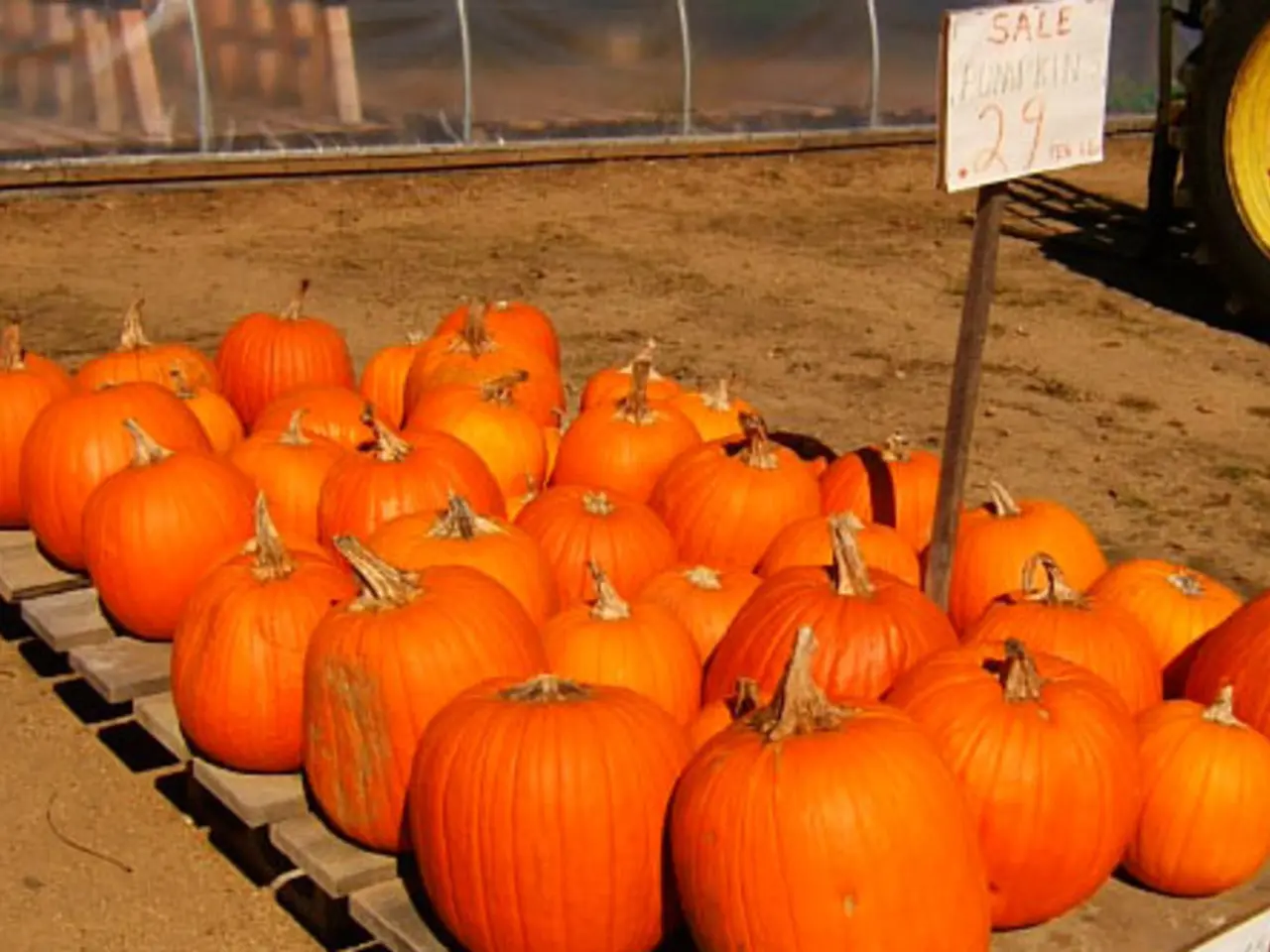Guide to Preparing Soil for Planting: A Detailed Walkthrough
Preparing Your Garden Soil for Optimal Growth
Tilling and preparing the soil is a crucial step in gardening, whether you're growing vegetables, flowers, or trees. Here's a guide on how to tackle different soil types to achieve optimal garden growth.
Clay Soil
Characterized by its grey or brown colour and thick, lumpy texture, clay soil is not ideal for growing crops like cabbage, spinach, and beets, or trees and shrubs such as mock oranges and lilac. However, it is suitable for summer crop vegetables, shrubs, fruit trees, and shrubs like aster and flowering quince.
To work with clay soil, till it when it's moist but not wet to avoid compaction and large clumps. Incorporate organic matter such as compost, sweet peat, or finely ground bark soil conditioner deeply (up to 12 inches if preparing new beds) to break up heavy clay, improve drainage, and enhance nutrient content.
Sandy Soil
Sandy soil, which is light, drains quickly, and holds fewer nutrients, requires different treatment. Before tilling, add organic matter like compost or peat moss to increase moisture retention and nutrient holding capacity. Till lightly after adding amendments to mix them in.
Rocky Soil
Remove as many rocks as possible before tilling to ease cultivation and avoid damaging equipment. Then till to a depth of about 8 inches and work in several inches of organic matter. If many small rocks remain, consider raised beds with imported quality soil.
Loamy Soil
Loam, being naturally loose and fertile, benefits from adding light organic matter (compost or sweet peat) to boost nutrients and microbial life. Incorporate amendments by tilling up to 12 inches for new beds or mixing into existing beds with a shovel or trowel, leaving a top layer to be worked in by rain over time.
General Tilling Tips
- Avoid tilling overly wet soil, as it can cause compaction and clumpy soil.
- Use deep reverse tine tilling at the beginning or end of the growing season or when creating new beds.
- Till 2-3 weeks before planting to allow weeds and grasses to die off, possibly repeating tilling to remove tough roots.
- Use shallow forward tine tilling between rows to control shallow-rooted weeds while minimizing soil disturbance.
- Consider minimizing tillage by adopting no-dig or reduced-till methods, which layer organic compost on top to improve soil health over time and prevent erosion and soil structure disruption.
- Regularly amend problem soils with organic matter annually for best results and monitor soil health with tests.
Chalky Soil
Dark brown in colour, chalky soil contains white or grey stones, rocks, or limestone particles. Common in high-altitude areas, it has a solid structure. To improve its pH balance and water retention, add special fertilizers, humus, mulching, and green manure.
Chalky soil is free-draining but can be drought-prone in summer. To prepare chalky soil for planting, remove as many rocks as possible before tilling to ease cultivation and avoid damaging equipment. Then till to a depth of about 8 inches and work in several inches of organic matter.
In conclusion, by tailoring your tilling method and amendment application to your specific soil type and condition, you can improve aeration, nutrient cycling, water retention, and weed control, leading to optimal garden growth. Happy gardening!
A lifestyle that includes home-and-garden activities like gardening can significantly enhance soil health. For instance, incorporating organic matter into clay soil improves its drainage, while sandy soil benefits from added organic matter for moisture retention.
By adopting no-dig or reduced-till methods and regularly amending problem soils with organic matter, individuals can strive to maintain and improve soil health, which is crucial for the optimal growth of their home gardens.




